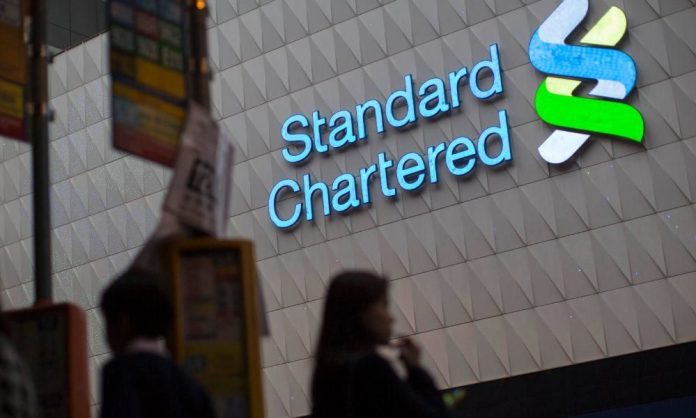Thirteen key markets are expected to account for 73 per cent of all exports and 69 per cent of all imports in Asia, Africa, and the Middle East by 2030, with a combined total trade value of USD19.7tn, based on analysis of historical trade data and projections until 2030. Mainland China, India and South Korea top the list by volume.
Simon Cooper, CEO of Corporate, Commercial & Institutional Banking and CEO, Europe and Americas, Standard Chartered, said: “Global trade continues to present growth opportunities within and across some of the world’s most dynamic regions. This research underlines how businesses are diversifying their sourcing and manufacturing decisions and offers practical insights into how this is playing out around the globe. In particular, the adoption of digital supply chain finance solutions could have a game-changing impact on export growth.”
International trade is projected to move away from the West, shifting southward and outward. South Asia will be the fastest-growing export region, driven by strong trade ties with neighbouring regions, including a recent free trade agreement between India and the UAE and Bangladesh’s plans to establish more than 100 special economic zones by 2030.
Table: High-growth corridors in ASEAN, South Asia, Africa and the Middle East will outpace the global trade growth rate of 5 per cent by 2030
| Corridor | Average Annual Growth Rate (2021-2030) | Size (USD 2030) |
| Intra – ASEAN | 8.7% | 0.8tn |
| South Asia – ASEAN | 8.6% | 0.3tn |
| South Asia – Africa | 8.2% | 0.2tn |
| South Asia – Middle East | 7.0% | 0.5tn |
| East Asia – ASEAN | 6.3% | 2.1tn |
| Intra – East Asia | 3.4% | 2.2tn |
Standard Chartered surveyed over 100 C-suite and senior leaders from global companies to understand the key drivers of trade growth, as well as the challenges they face. The research revealed the top five concerns of business leaders as being rising geopolitical conflicts and tensions (54 per cent); high and volatile energy and commodity prices (52 per cent); poor infrastructure quality (46 per cent); high inflation (45 per cent); and sanctions, tariffs and export bans (44 per cent).
Using this data and lessons learned from our 2021 report, Standard Chartered introduces a response framework that focuses on three areas:
- Rebalance – diversify risks through supply chain reconfigurations
- Technology in operation – increase reliability, transparency and resilience
- Sustainable trade – enable end-to-end ESG compliant supply chains
These areas, supported by a combination of ten initiatives, give businesses the tools to effectively formulate a well-rounded strategy to deal with the rapidly changing currents of trade and navigate new and emerging trade flows.
One such tool is the adoption of digital supply chain finance (SCF) solutions which offer wide-ranging benefits from better visibility of capital flows and tracking of ESG commitments, to greater SME participation and increasing trade. Research reveals SCF solutions could boost exports by USD791bn by 2030 across 13 key markets in Asia, Africa, and the Middle East, having the potential to help bridge the global trade finance gap that the Asian Development Bank estimated topped USD2tn by 2022.


